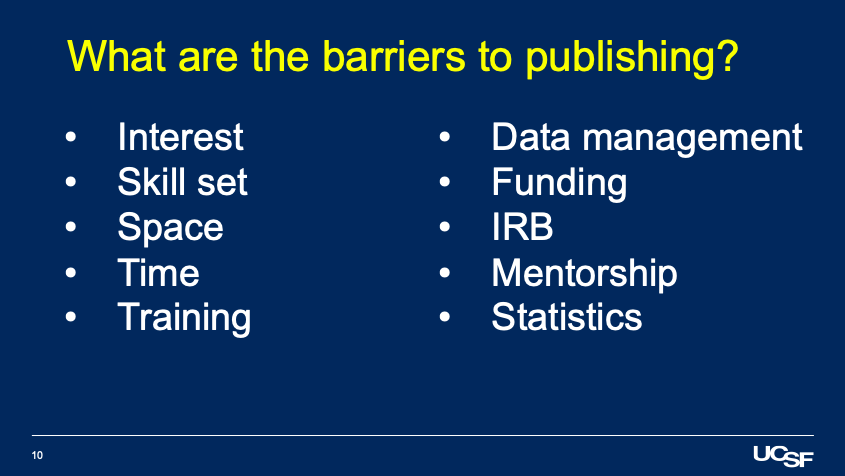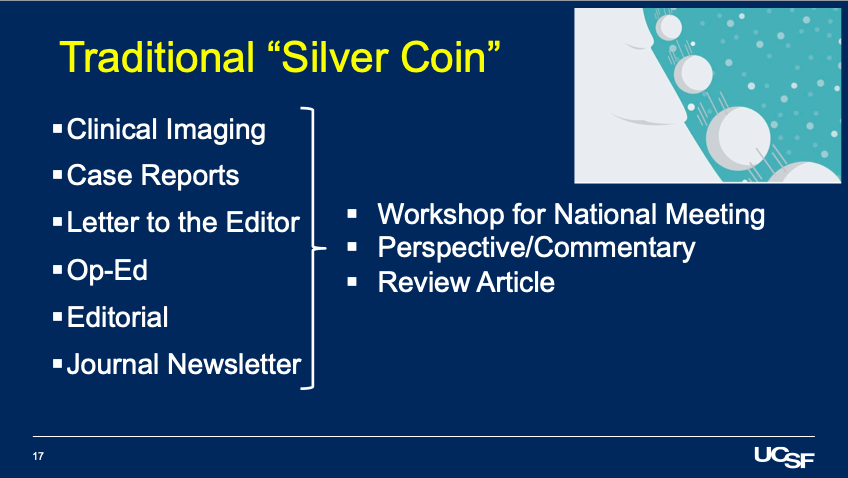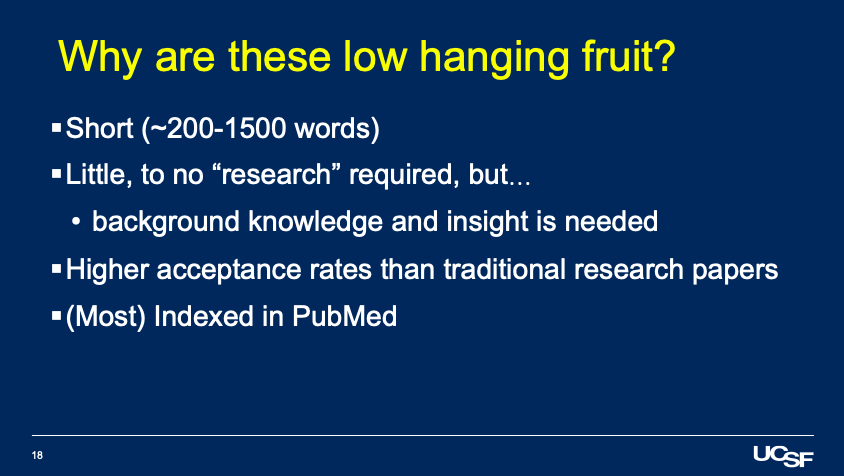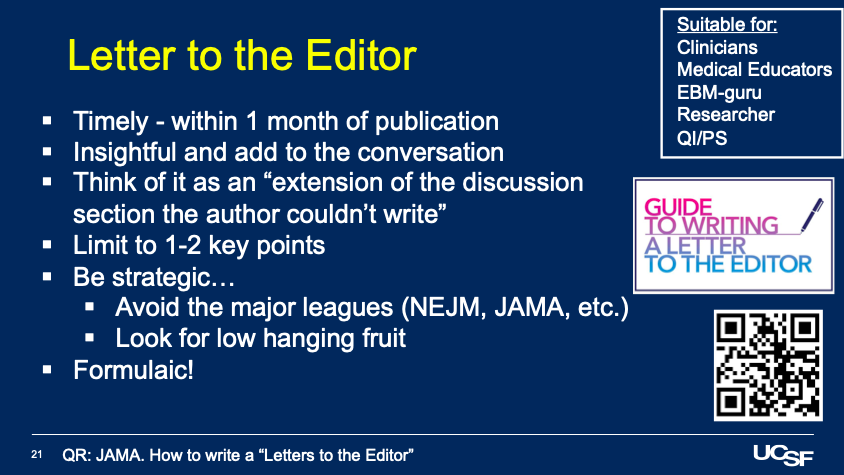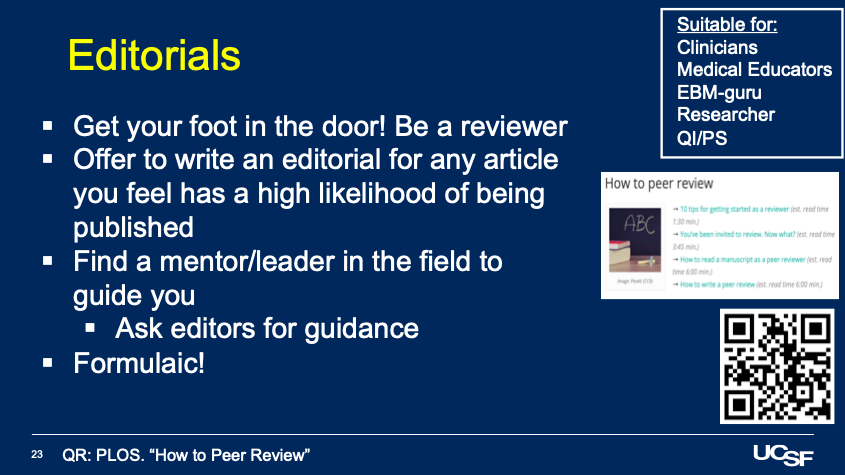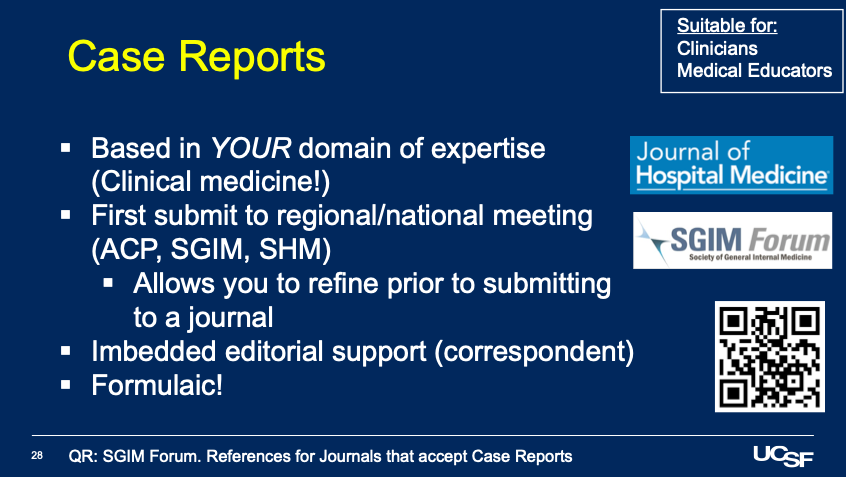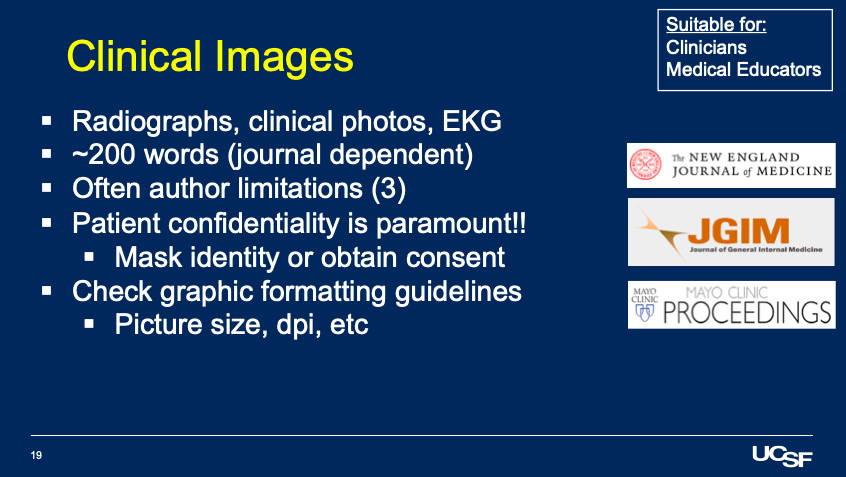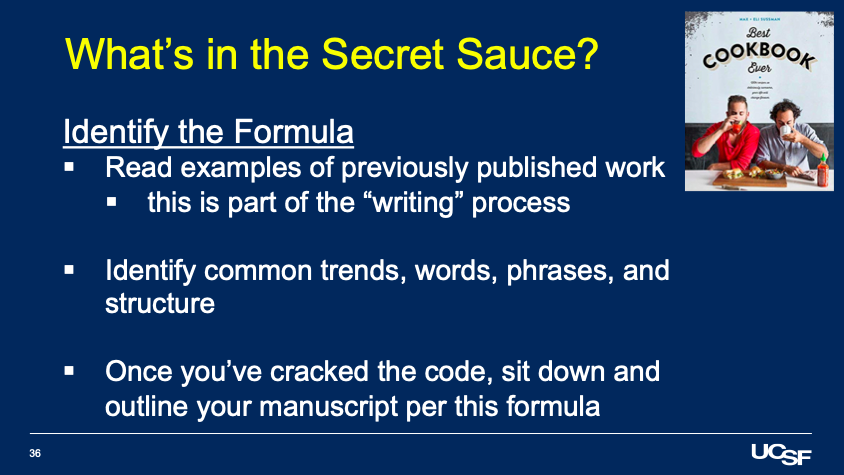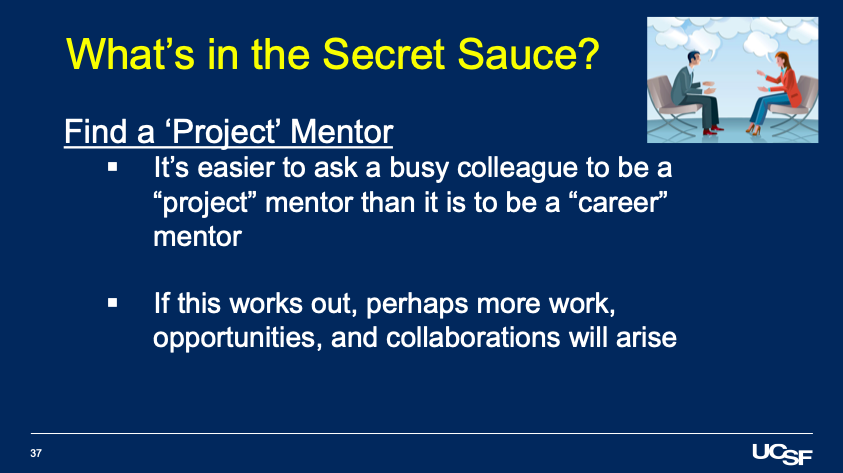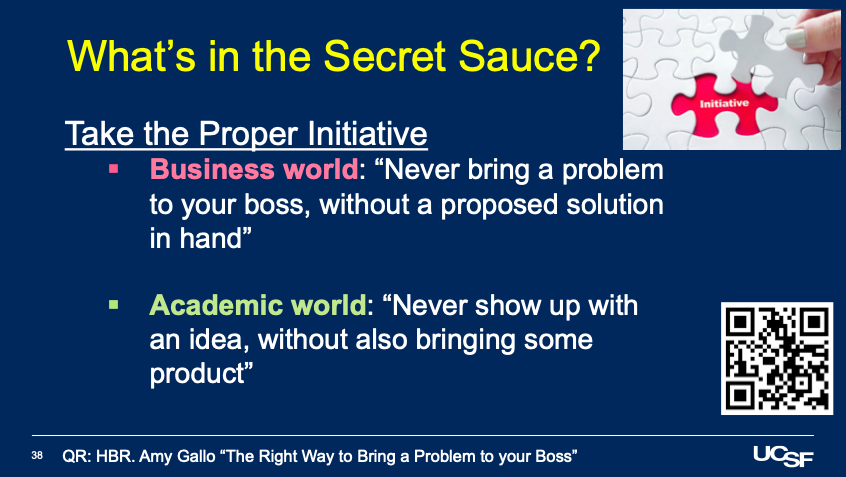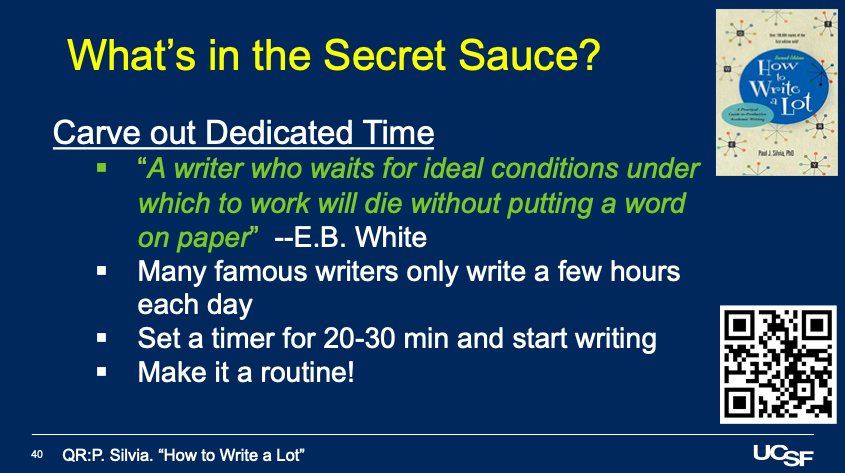1/ Here by popular demand “How to Publish in Academics When Publishing Isn’t Your Thing”.
A #Tweetorial on the picking & publishing low-hanging fruit in academic medicine.
Further input always welcome. By no means complete. Hope it helps. Thread…
A #Tweetorial on the picking & publishing low-hanging fruit in academic medicine.
Further input always welcome. By no means complete. Hope it helps. Thread…
2/ First, make sure publishing aligns well with your professional goals. If it does, know why you have to do it and recognize the benefits that can come along with it… H/T @MeghaGargMD
3/ Understand “The Game”. I don’t necessarily agree with this breakdown, but this is an easy way to think of what are common academic standards. I like to think of them as: Gold, Silver, and Bronze coin…Today, let’s just focus on the “Silver” coin
4/ Not a full-time researcher? That’s ok. Everyone has barriers to getting work published, and they can run the gamut…
5/ Take what you do everyday clinically and leverage that for a product. Figure out your “academic phenotype” & what products best align w/that.
You can be more than one, and products aren’t limited to these groups (of course)
You can be more than one, and products aren’t limited to these groups (of course)
6/ Harness the Snowball Effect! How can you turn one product into 2 or 3. As @gradydoctor likes to say “Never agree to do something you can’t do more than once” (or something like that…)
7/ These are the common qualities among the “silver” coin. You’re certainly going to have to put time/energy into these – but certainly less than a full-scale research or QI project, which could take years!
8/ Social Media has led to fewer Letters to the Editors being submitted (as now people can just Tweet about an article). This is creating a great opportunity for you to get published...
9/ Start with being a reviewer, this can lead to Editorial opportunities. You may not be the national expert (who often don’t have time) the journal is looking for, but you can offer the leg work and get paired with one…
10/ Don’t forget about your day job! You probably see interesting cases all the time. Figure out how to capture this and turn it into an academic product. Make it count twice & think about presenting at national meetings…
11/ Don’t forget about the Case Report’s little brother, “Clinical Images”. Use that smartphone in your pocket to your advantage. Whip it out get something published. A picture is worth 1000 words, now you come up with 200 more…
12/ The forgotten cousin of academic publishing – the Op-Ed. Great opportunity for you to highlight an issue you deal with on a daily basis, but that the general public has no idea exists. Consider your local paper, as the big hitters (NYT, LAT, etc) are going to be tough…
13/ Now that you’ve decided on a product, use these 5 steps to help you get that product across the finish line…
14/ A common denominator of “silver coin” & of a lot of academic writing, is that there is often a formula. Find the journal you want to publish in and spend a morning reading examples. More often than not, there’s a formula in there. Finding it will make the process easier…
15/ New to academic writing? Find a “project mentor”: It’s easier to ask a senior colleague to be a “project" mentor (small ask) than it is to be your “career” mentor (big ask). If this works out, perhaps more work will come up…
16/ Be smart on how you approach that “project mentor”. Blind asks are a lot less likely to be answered than those that come with a product and some direction already mapped out…
17/ Hold yourself accountable…but get help doing it. Note, an accountability partner doesn’t have to be a content expert, just someone willing to hold your feet to the fire…
18/ If you want to get published, you have to do the work. Sometimes the hardest part of exercising is just putting your shoes on. The same applies to academic writing…
Fin! Let me know if you thought this was helpful or how you would add or modify...

 Read on Twitter
Read on Twitter


